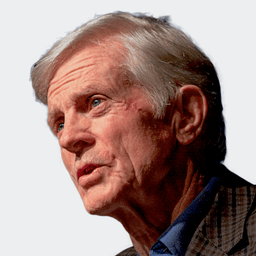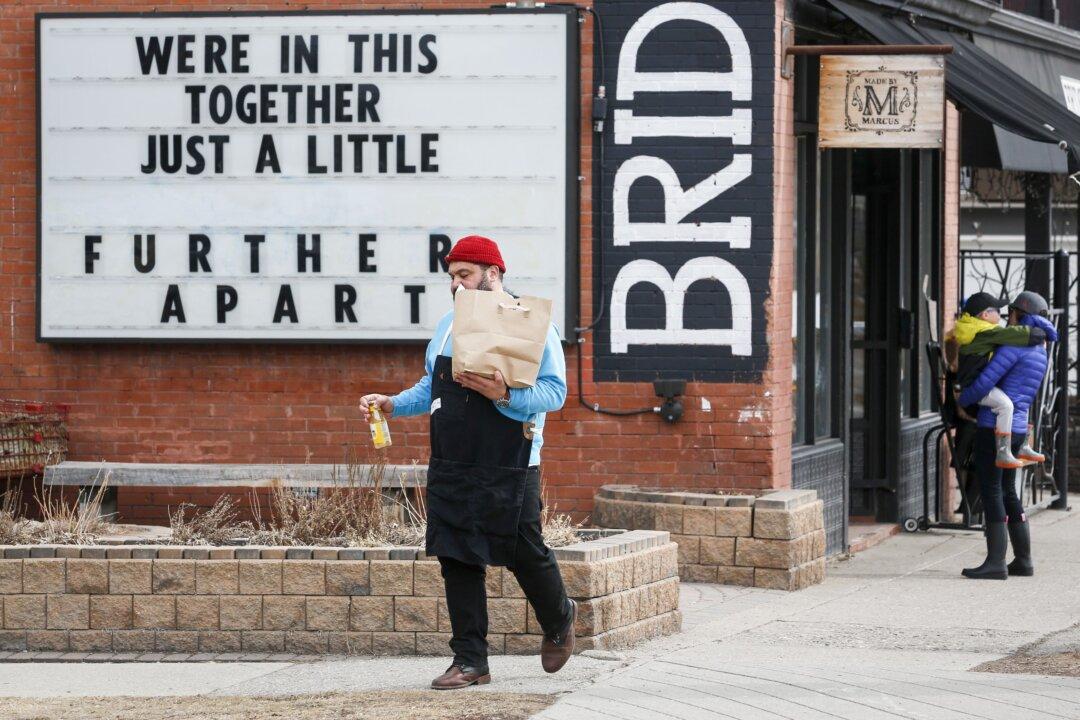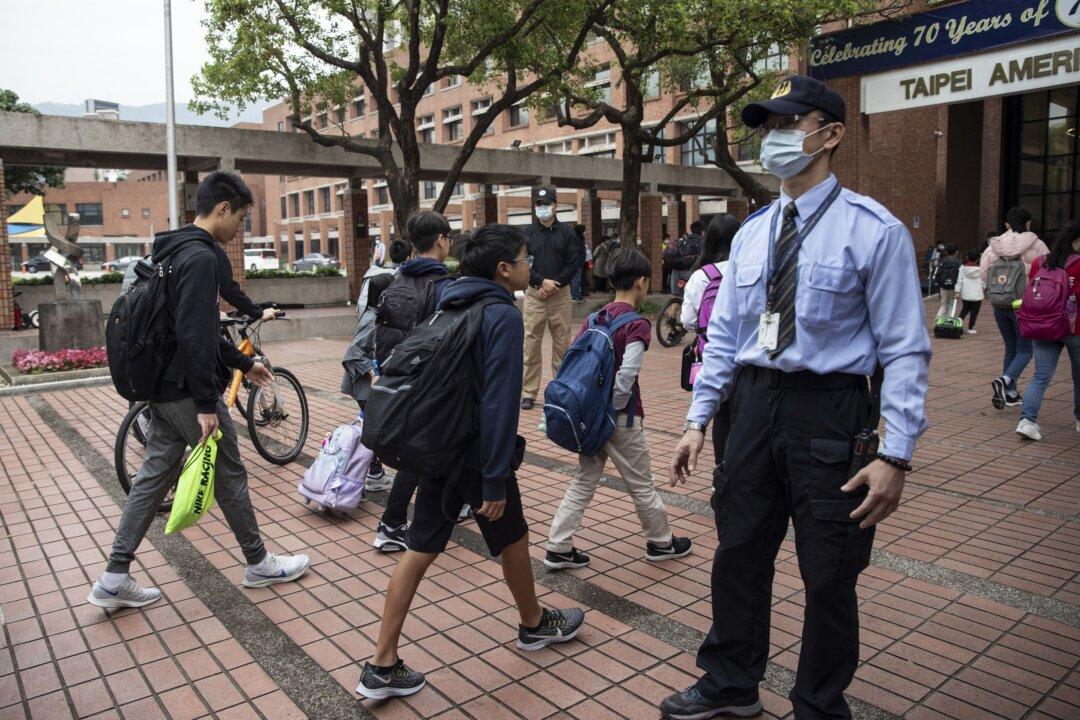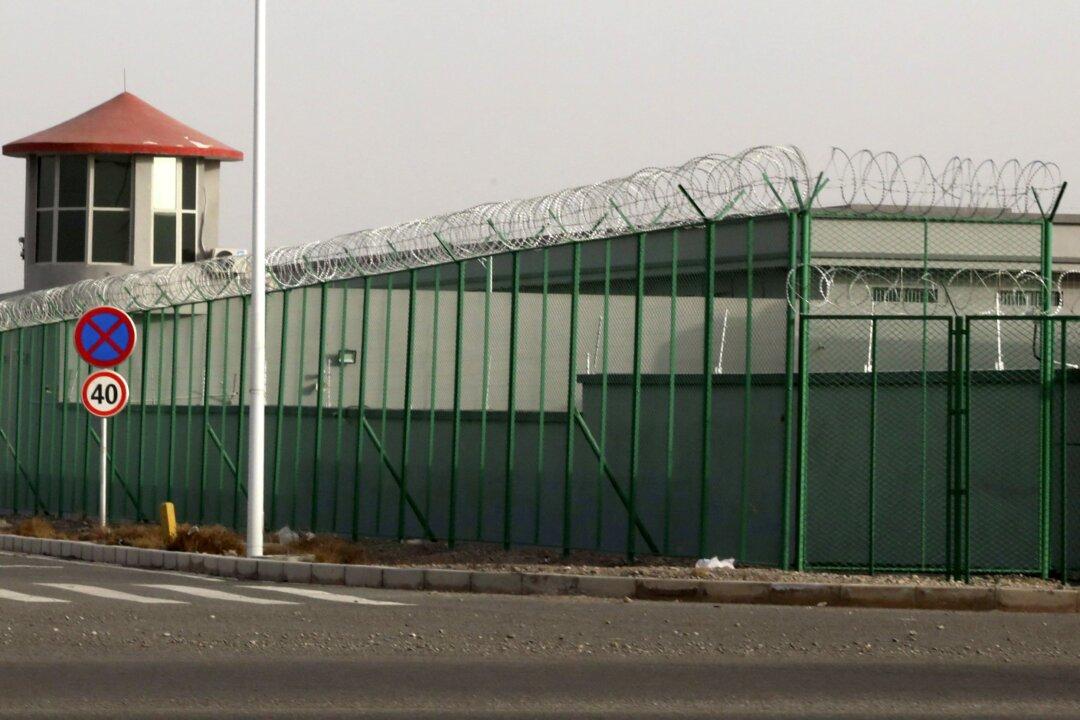On World Refugee Day this year (June 20), refugees worldwide (asylum seekers abroad plus internally displaced persons) for the first time in the post-World War II period exceeded 50 million people.
The Global Trends report of António Guterres, the U.N. High Commissioner for Refugees (UNHCR), indicates that the increase was created mainly by the war in Syria, which by the end of 2014 had forced 2.5 million into fleeing abroad to seek asylum and caused another 6.5 million to be displaced within Syria.
If we can somehow imagine ourselves in the situations of displaced Syrian children and women, or the Christian or Yazidi women captured by ISIS, raped, beaten, and sold in markets as slaves, we can better understand their sufferings. Similar large victimization was also occurring in the Central African Republic and South Sudan in Africa.





